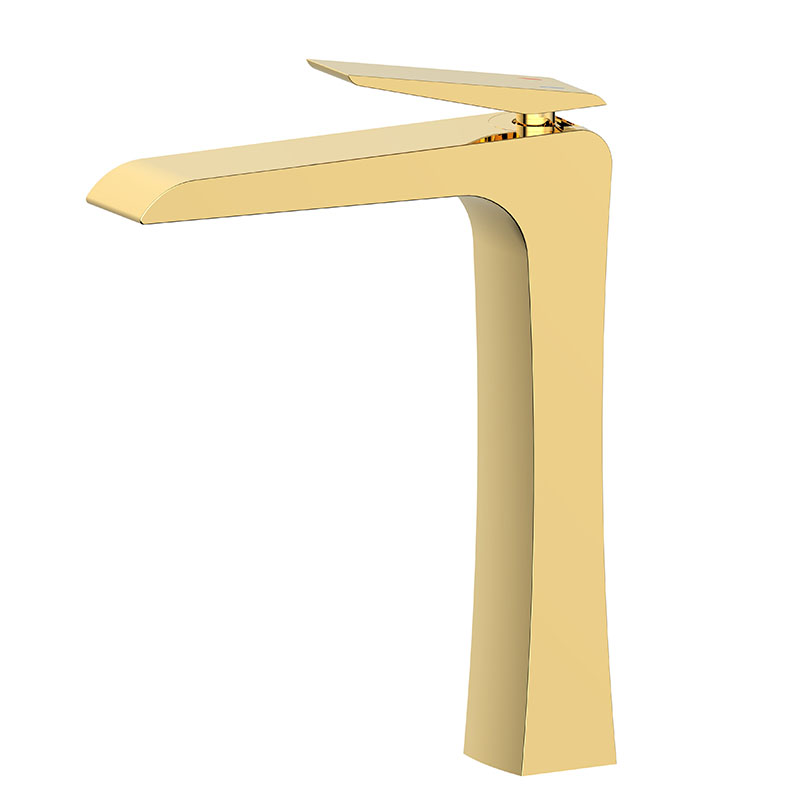Functional Innovation And Ergonomic Design Optimization Direction Of Bathroom Accessories
Driven by the dual drive of consumption upgrading and health awareness, bathroom accessories are transforming from "practical tools" to "experience carriers". The deep integration of functional innovation and ergonomic design not only improves the added value of products, but also becomes the core path for enterprises to break through homogeneous competition.
1. Functional innovation: from basic needs to intelligent interaction
Scenario-based penetration of intelligent sensing technology
Gesture control shower system: Use millimeter-wave radar to recognize waving movements, adjust water temperature and water flow mode, and avoid the risk of electric shock when wet hands touch the switch;
Human body sensing soap dispenser: Use infrared sensors to sense the position of the hand, and automatically discharge liquid accurately to 0.5ml to reduce waste. A brand of smart mirror cabinet has a built-in AI camera that can identify the user's skin type and recommend skin care solutions, driving a 35% increase in repurchase rate.
Cross-border integration of health monitoring functions
Weight scale shower bracket: a bracket with integrated pressure sensor, which can measure the user's weight and body fat rate when hanging the shower, and the data is synchronized to the health APP;
Urine test smart toilet seat: through test paper scanning and spectral analysis technology, 12 indicators such as glucose and protein in urine are detected to provide early warning of diabetes and kidney disease risks.
Breakthrough in energy self-supply system
Hydropower faucet: built-in micro-turbine, using water flow energy to generate electricity, meeting the power supply needs of LED water temperature display screen;
Light energy mirror cabinet: flexible solar film is embedded in the mirror interlayer, with an average daily energy storage of 0.2kWh, supporting mirror defogger and Bluetooth speaker operation.

2. Ergonomic design: from data quantification to behavior adaptation
Dynamically adapted size optimization
Three-axis sliding rail towel rack: supports 50cm up and down, 30cm left and right position adjustment, adapting to the picking and placing habits of users of different heights;
Stepless lifting bathroom cabinet: the cabinet height can be freely adjusted between 70-95cm through the electric push rod, and wheelchair users can lower it to the lowest position with one click.
Biomechanical optimization of grip and operation
Asymmetric grip design: According to the hand force curve, the shower switch grip angle is set to 15° inclination, and the grip force is reduced by 30%;
Anti-slip texture algorithm: 3D printing technology is used to generate a bionic shark skin texture on the faucet surface, the friction coefficient is increased by 40%, and wet hand operation does not slip.
Refined implementation of barrier-free design
Voice-controlled thermostatic valve: supports dialect recognition and fuzzy instructions to avoid complex knob operations;
Assisted armrest: The armrest with built-in pressure sensor dynamically outputs auxiliary force according to the user's standing speed to reduce the risk of falling.
3. Collaborative innovation of materials and processes
Scenario-based application of antibacterial materials
Nano silver ion coating: Applied to the faucet surface, the antibacterial rate is ≥99%, and it will not fall off after 1,000 steel wire friction tests;
Photocatalytic tiles: Tiles with added titanium dioxide decompose organic matter under light, reducing the mold growth rate in the wet area at the bottom of the bathroom cabinet by 90%.
Modular design extends product life cycle
Quick-install structure bathroom rack: adopts magnetic suction + buckle design, users can combine shelves, hooks and storage baskets by themselves;
Replaceable filter system: the sterilization filter and water-saving valve body of the smart toilet adopt standardized interfaces, which support users to replace them independently.
Emotional value empowerment of CMF design
Temperature-sensitive color-changing material: the shower head shell adopts thermochromic paint, and red warning stripes appear when the water temperature exceeds 40℃;
Revival of natural materials: the soap dish made of bamboo fiber and volcanic rock is both absorbent and antibacterial, and has a warm touch.
IV. Challenges and future technology integration
The core bottlenecks facing the current industry include:
Cost and mass production contradictions: the unit price of flexible sensors is as high as US$15, which restricts the popularization of smart accessories;
Shortage of interdisciplinary talents: a composite team that needs to be proficient in bathroom technology, biomechanics and electronic engineering is scarce.
Future technology integration direction:
Brain-computer interface (BCI) control: Identify user intentions through brain waves to achieve "mind adjustment" of water temperature;
4D printing adaptive structure: The shower bracket can automatically adjust the angle according to the change of water temperature to avoid burns;
Metaverse virtual test: Use VR to simulate the operation trajectory of users of different body shapes and optimize the handle position and force feedback.


